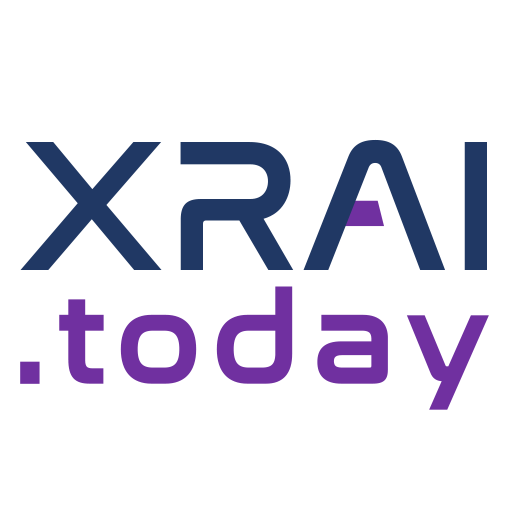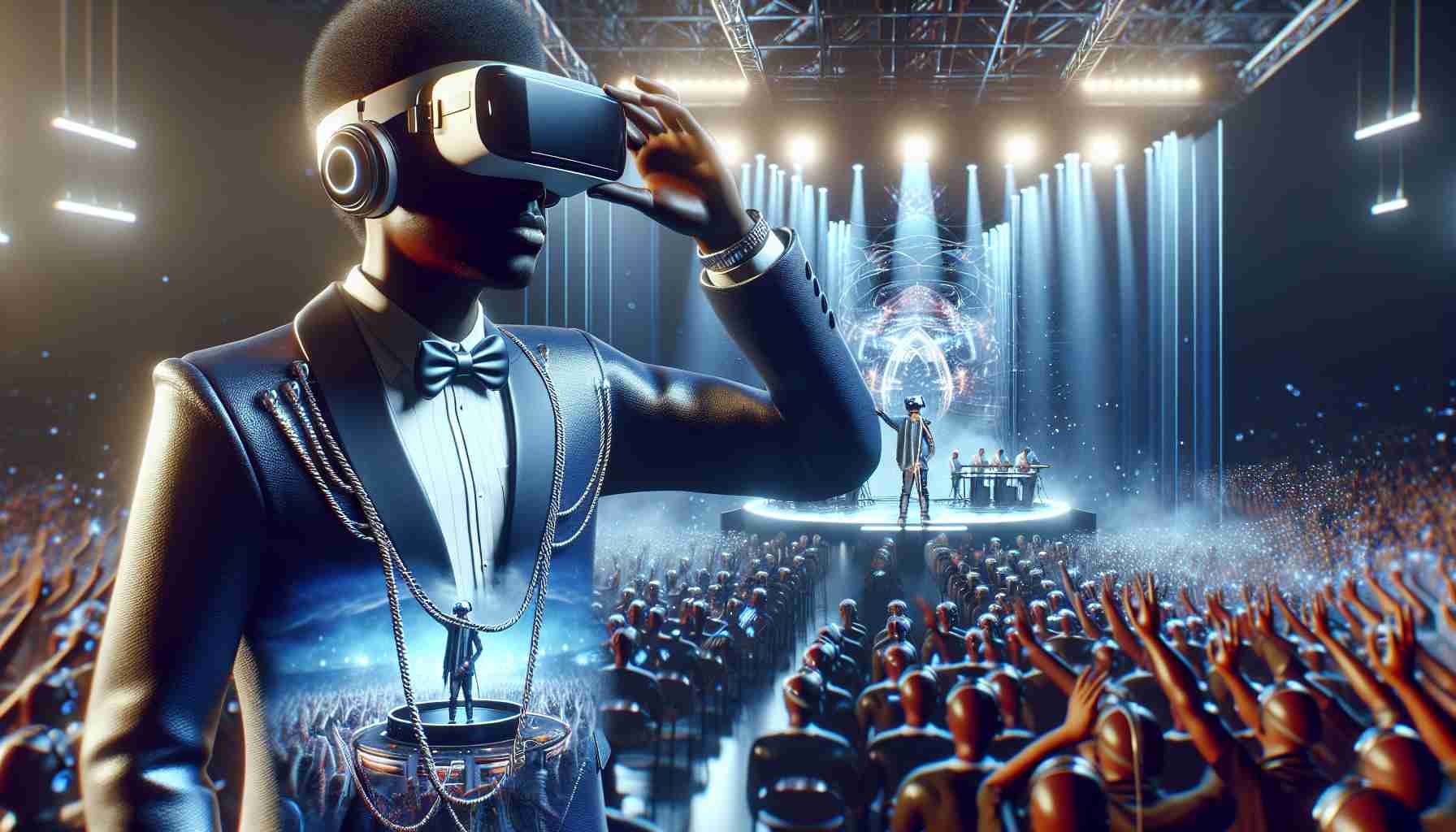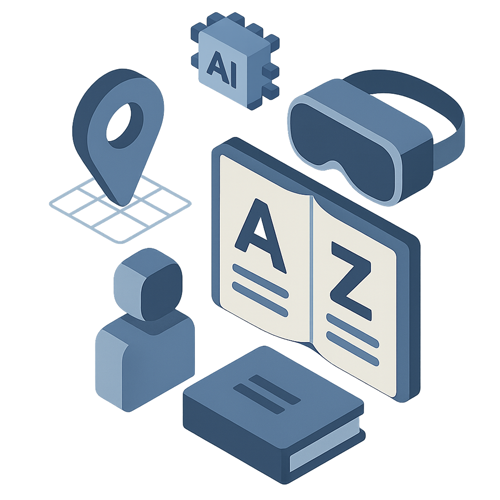The evolution of education technology has transformed classroom interactions, providing teachers with fresh opportunities to motivate their students. Modern tools lead schools to maintain their competitive advantage by creating interactive lessons and individualized learning experiences for students.
Let’s examine five major breakthroughs in classroom practices, along with what each one involves, how they’re implemented in real settings, the educational advantages they offer, and some actual cases where teachers have integrated these classroom innovations to reshape teaching practices.
- Virtual & Augmented Reality (Immersive Learning)
- Artificial Intelligence and Personalized Learning
- 3D Printing and Makerspaces
- Gamification and Game-Based Learning
- Robotics and Coding Programs
- Conclusion
Virtual & Augmented Reality (Immersive Learning)

Virtual Reality (VR) and Augmented Reality (AR) bring immersive learning experiences into the classroom. VR uses headsets to transport students to fully virtual 3D environments like historical sites, foreign countries, or even the inside of a human cell. AR in education uses devices like tablets or AR glasses to overlay digital content in the real world. Together, VR/AR transforms learning from reading about a concept to experiencing it first-hand.
In practice, teachers can use VR in education to take virtual field trips and enable hands-on simulations. Tools like VR Expert’s VR Education Kit provide ready-to-use classroom VR setups with curated educational content, making it easier for educators to integrate immersive learning into their curriculum. For example, a geography class might “travel” via VR to explore volcanoes in Iceland or the Amazon rainforest, while a history teacher can guide students through ancient Rome as it once was.
Artificial Intelligence and Personalized Learning
AI in education is intelligent software that is customized for students or automates tasks. AI-based platforms and applications for learning act like virtual tutors, utilizing algorithms to present based on the performance of each student in real time. AI can also power chatbots or voice assistants that answer student questions, and assist teachers by automating grading or analyzing learning data.
In the classroom, AI tools create a personalized learning experience. For example, a math app powered by AI is able to give simpler or more complex problems based on the student’s proficiency, guaranteeing the right pace for each student. If a student does not understand something, the program automatically supplies additional practice or different explanations.
3D Printing and Makerspaces

3D printing is the technology that allows you to create physical three-dimensional objects from digital models. In schools, 3D printers are often a centerpiece of new maker spaces or STEM labs,both collaborative work areas with creative tools like 3D printers and electronics kits, where students can design and build projects. This classroom innovation brings hands-on making and engineering into everyday education.
With a 3D printer in the classroom, students can design objects using simple computer-aided design (CAD) software and then watch as their creations take shape layer by layer on the printer. This makes abstract concepts tangible. For instance, instead of just reading about geometric shapes or molecules, students can print models they can hold and inspect.
Gamification and Game-Based Learning
Gamification means applying game design elements (points, levels, challenges, rewards) to non-game settings like education, while game-based learning involves using actual educational games or simulations to teach. The goal is to make learning as fun and motivating as playing a game.
Teachers can gamify lessons by introducing points or badges for completing tasks, creating friendly competitions, or turning quizzes into interactive game shows. There are forms that make it easy to run quiz games or role-playing scenarios in the classroom. By doing this, mundane practice turns into an engaging activity, and students stay excited and pay closer attention because they’re having fun.
Robotics and Coding Programs

Robotics in schools involves using programmable robots or robotic kits (e.g., LEGO Education Spike, VEX IQ, or Ozobot) to instruct coding, engineering, and critical thinking. Coupled with robotics, schools are also adopting coding programs and physical computing. The tools expose students to technology and programming logic in a physical and sometimes game-like manner.
In a classroom setting, students might work in teams to build and program a small robot to perform tasks. For example, students can navigate a maze, respond to sensors, or complete a challenge like picking up objects. Children in the early grades will find beginner coding games as their entry into the world of coding, which teaches coding concepts such as loops and sequences.
The more mature learners can participate in the next-level coding activities, like controlling robotics or creating applications based on their imagination. These teaching methods provide a number of advantages for the kids, one of which is developing their critical thinking and problem-solving abilities.
Conclusion
Teachers and schools may make classrooms more dynamic and inclusive by utilizing technologies like virtual reality (VR) for immersive experiences, augmented reality (AR) in the classroom, artificial intelligence (AI) for individualized help, or any of the other classroom innovations covered above. These technologies are however not in competition with one another, on the contrary, when combined they can create even more powerful learning experiences, such as integrating AI-powered language tools within VR environments, like the assistant feature in Beyond Words. Adopting the newest education technology not only improves student comprehension and engagement now but also equips students with the curiosity and abilities they will need in the future.
Quelle:






